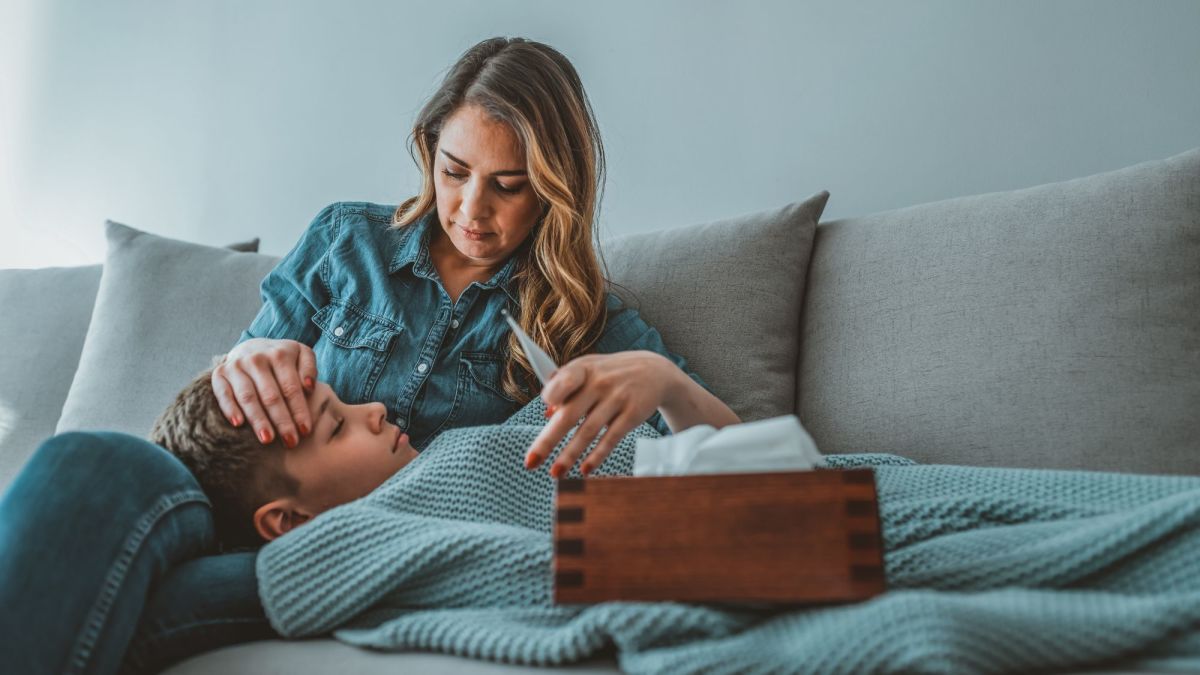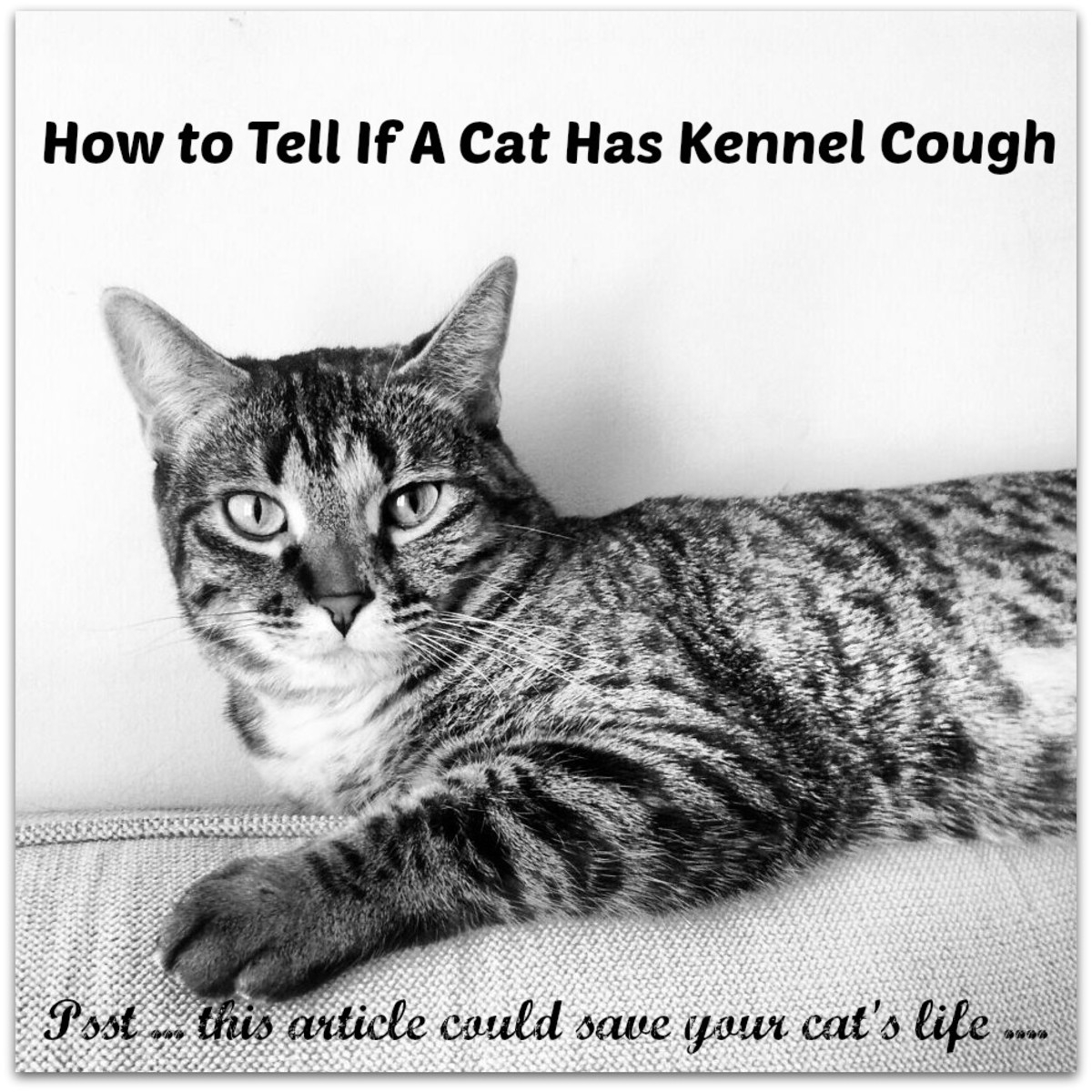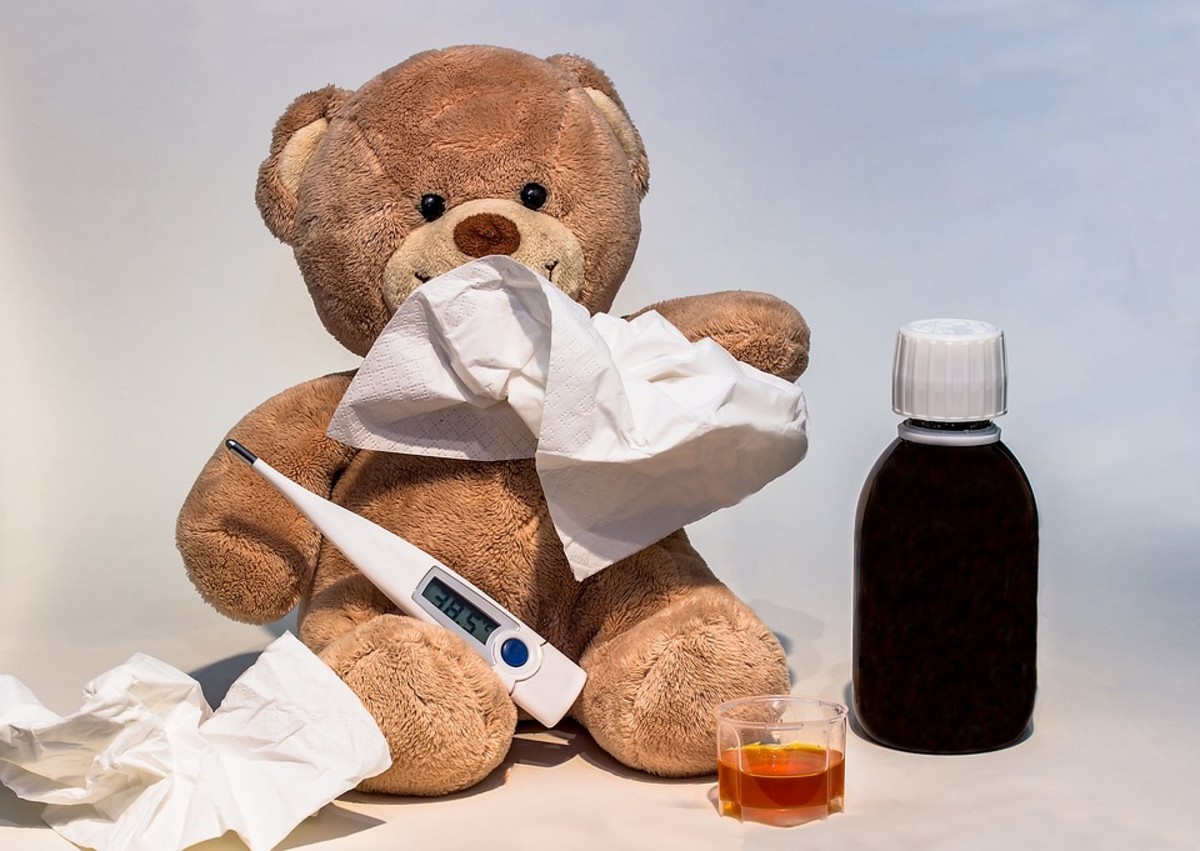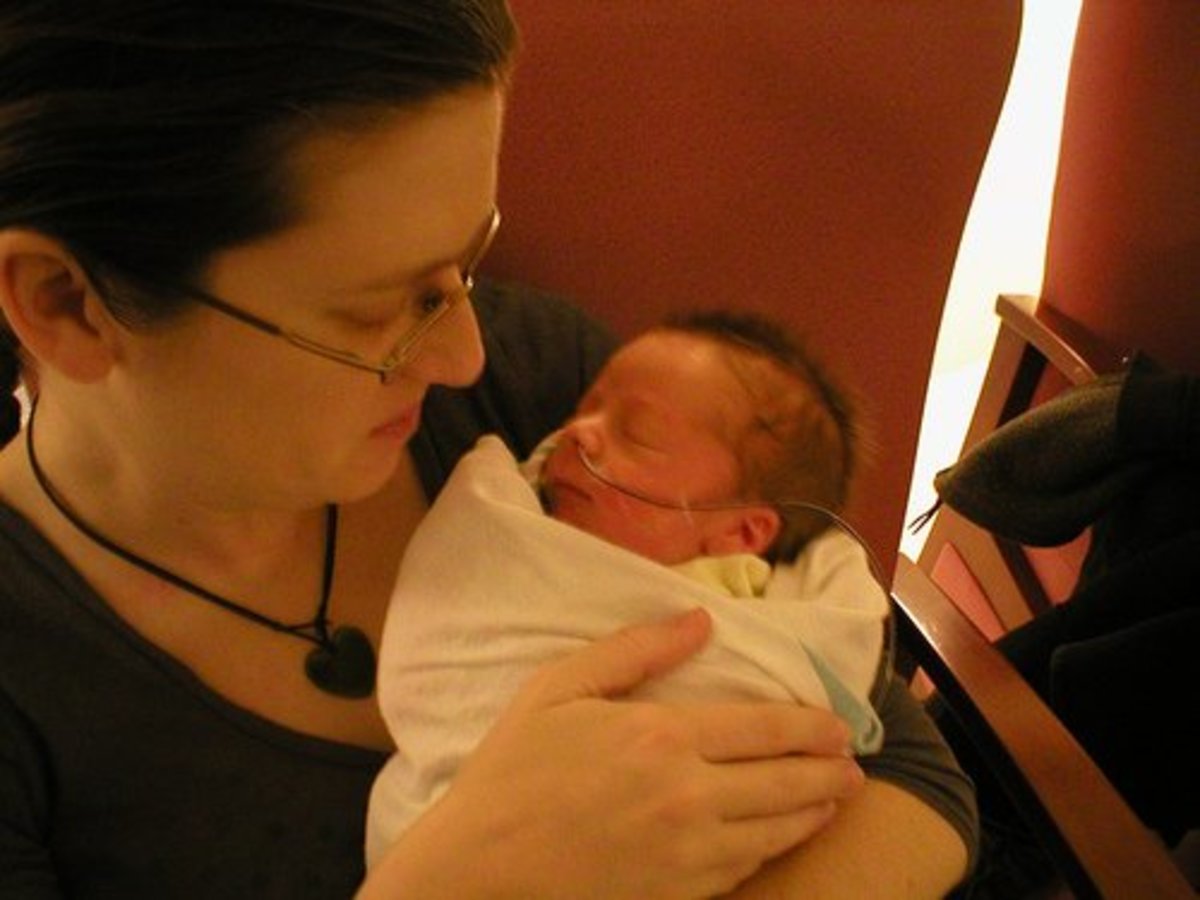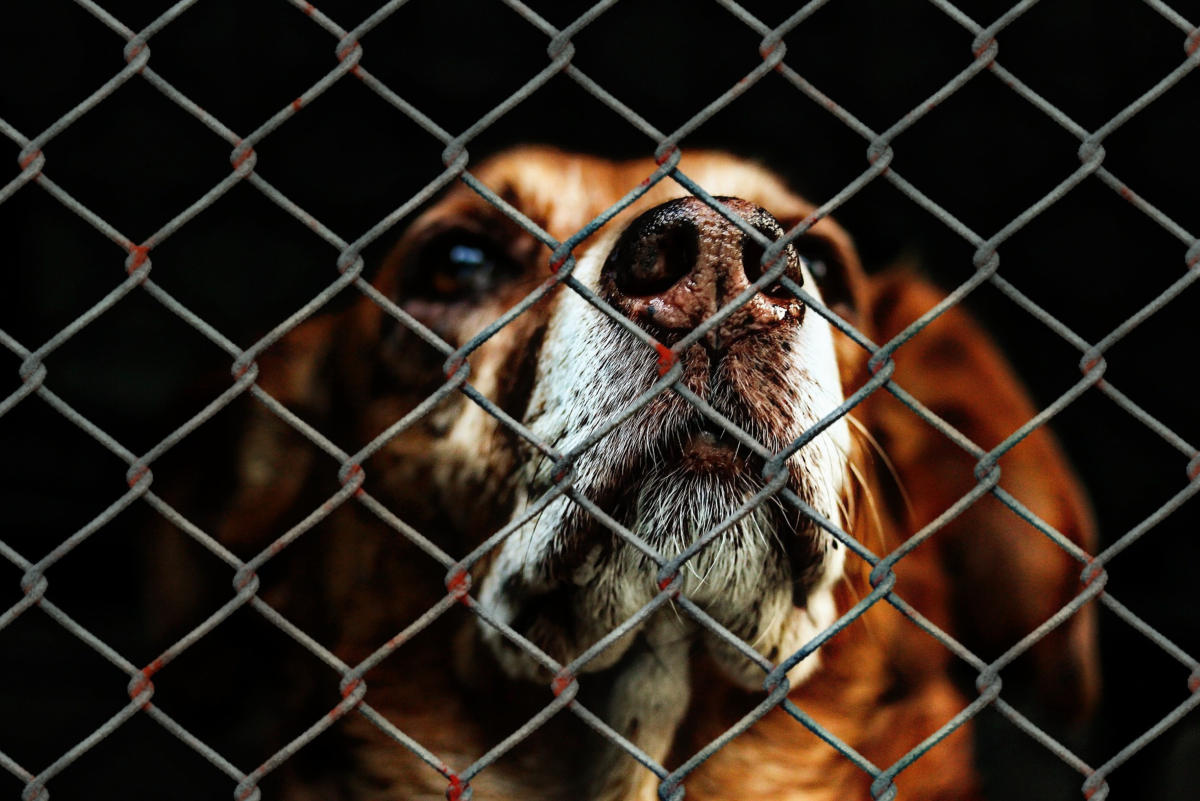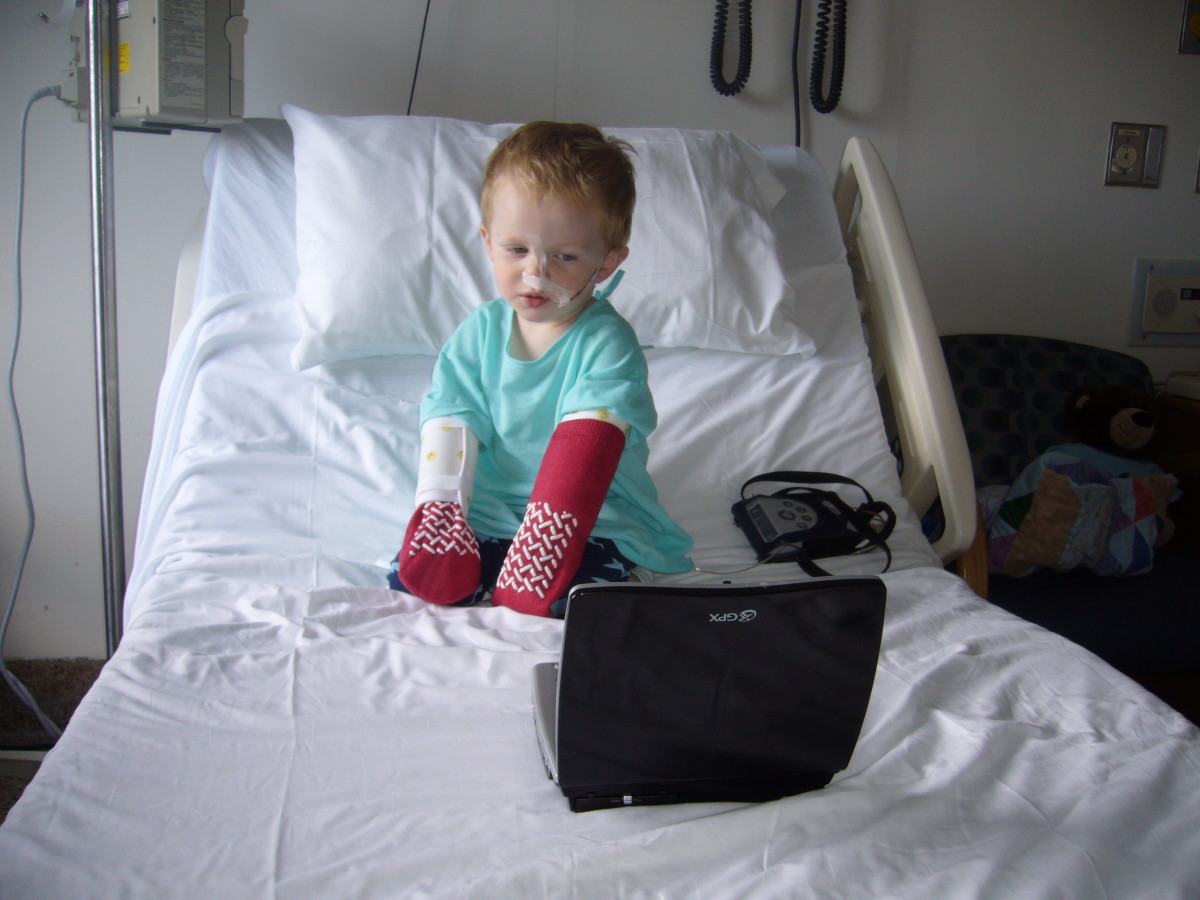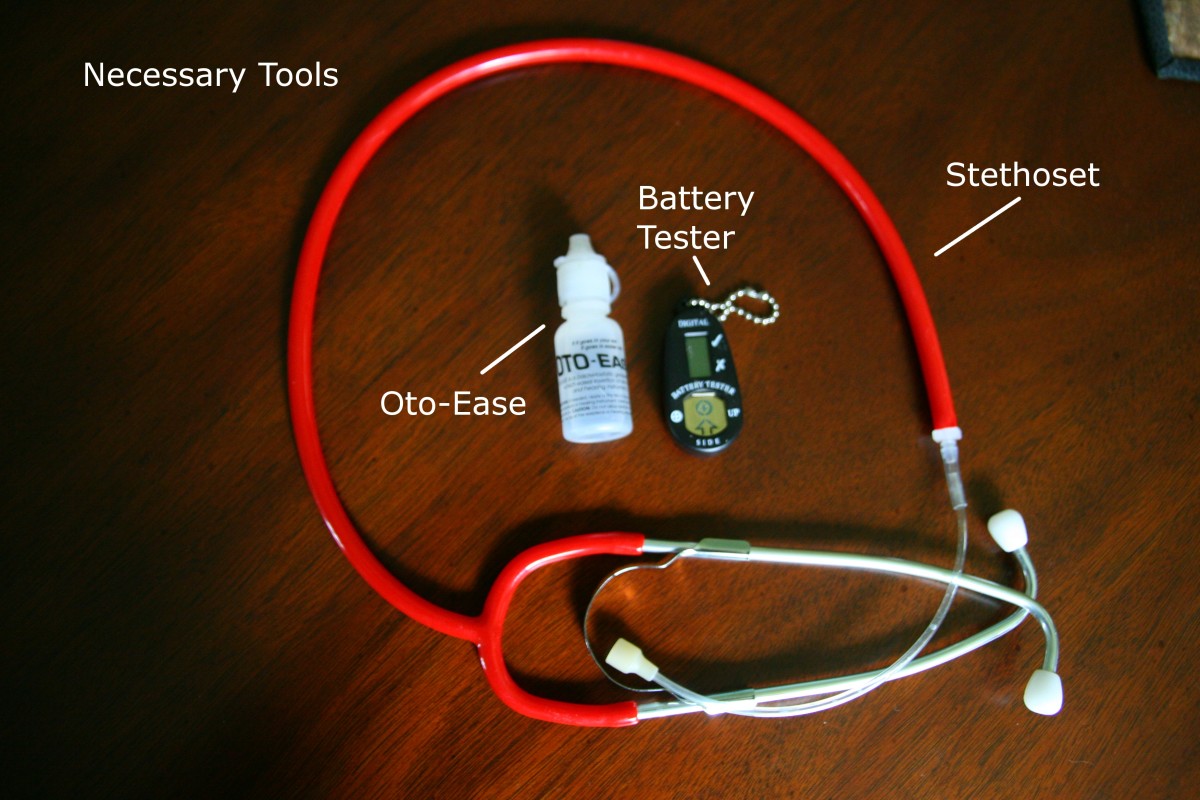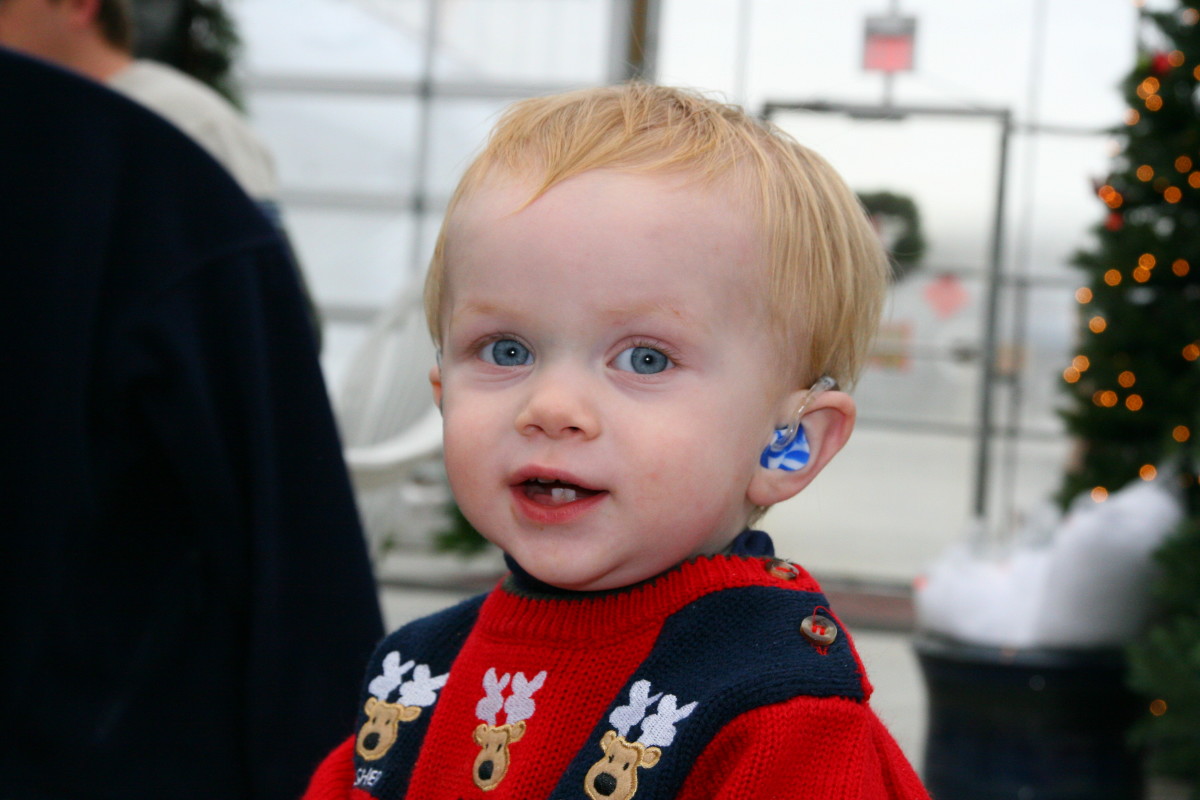Whooping Cough Treatment in Infants
Whooping cough treatment
Whooping cough is a contagious respiratory disease, also called as pertussis, is caused by the bacteria Bordetella pertussis. Whooping cough begins as a cold, with a runny nose and a hacking cough that is worst at night. Whooping cough is not too uncommon in infants and children and check out Whooping cough treatment in infants at the end of this hub.
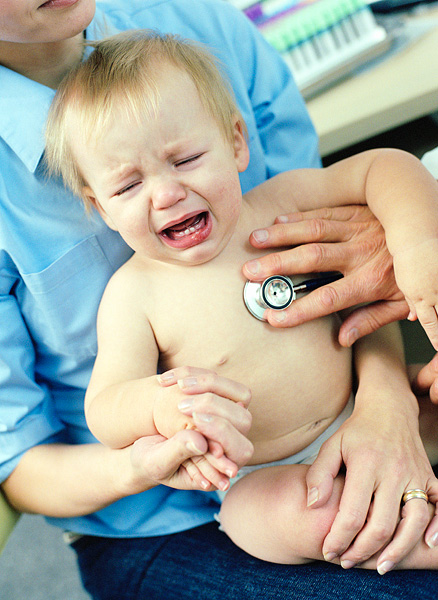
Cough treatment products
Whooping cough symptoms:
- Common cold
- Sneezing
- Runny nose
- Fever
- Mild cough
- Vomitting
Whooping cough starts with cold symptoms like runny nose and cough. Sometime in the first 2 weeks, episodes of severe cough develop and that can last 1 or 2 months. The baby may feel fairly healthy between these episodes. During cough, the lips and nail may turn blue for lack of air. Vomitting may occur after severe coughing spells. Infants may not cough or make the whooping noise. They may appear to be gasping for air, turn red in the face, and stop breathing for a few seconds. Infants may also have brief choking spells in more severe cases.
Whooping cough causes coughing spells so bad that is hard for infants to eat, drink, or breathe. These spells can last for weeks. It can lead to pneumonia, seizures and brain damage.
Diagnosis: Diagnosis is made by clinical examination, a blood test and sampling mucus from the nose and throat.
How is pertussis or whooping cough spread
Whooping cough is spread from person to person by direct contact with mucus or droplets from the nose and throat of infected individuals.
Incubation period: Incubation period for whooping cough is 7 to 10 days and rarely more than 14 days.
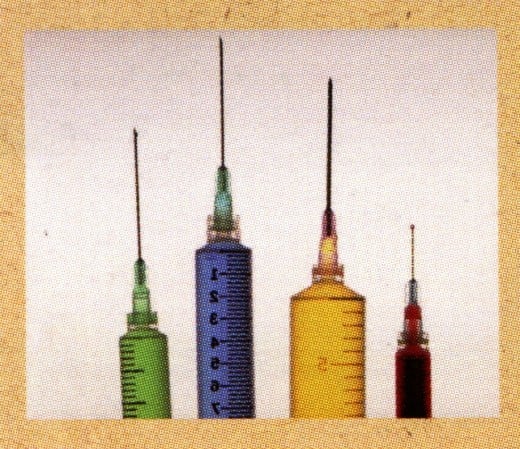
Treatment of whooping cough in infants:
- The childhood vaccine for pertussis or whooping cough is usually given in combination with diphtheria and tetanus.Before age 7, children should get 5 doses of the DTP or DTaP vaccine. These are usually given at 2, 4, 6, and 15-18 months of age and 4 - 6 years of age.
- Appropriate antibiotic therapy, given in the early stages of infection, may prevent or lessen the severity of symptoms.
- If you live with someone who has pertussis or are in the same child care classroom with someone who has had pertussis, you should take preventive antibiotics. Always ask your health care provider for more information.
Common side effects of DTaP vaccine:
1. Babies may get fever.
2. Redness or swelling of the baby where the vaccine was given .
3. Soreness or tenderness where the vaccine was given.
4. Some babies may get fussy after the vaccine was given.
5. Tiredness or poor appetite


